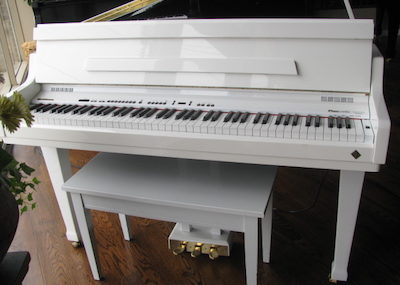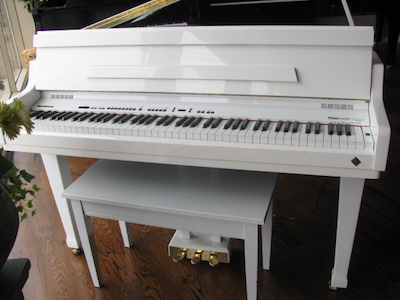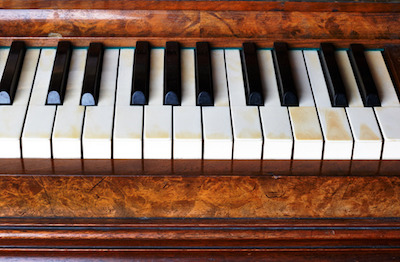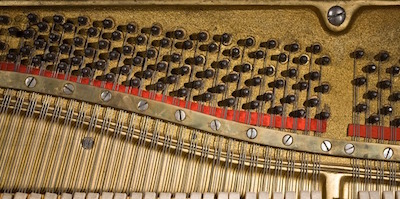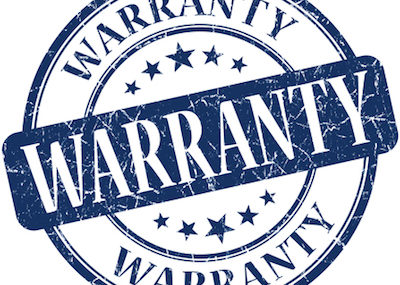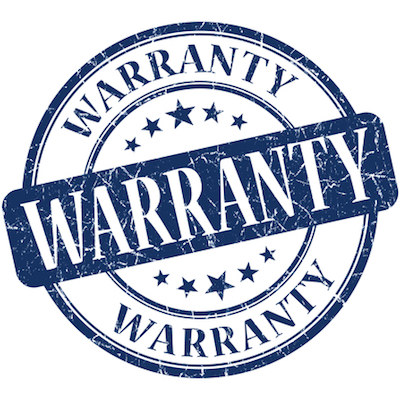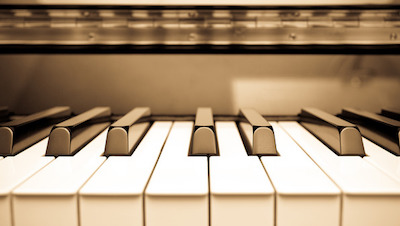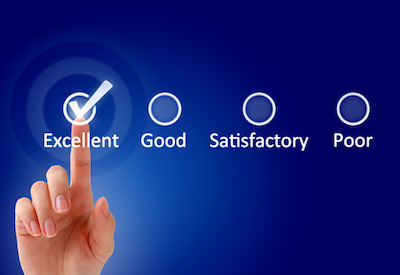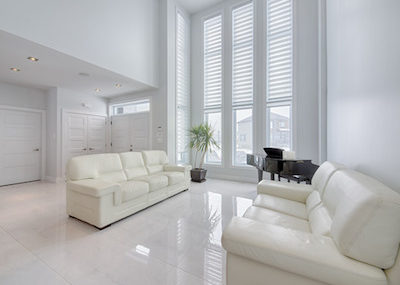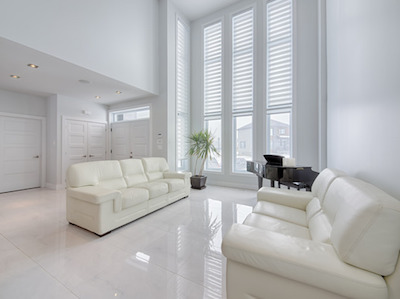Piano tuning may seem to be a fairly straightforward process; a tuner simply brings the piano back into tune. And if you watch any do it yourself instruction videos online, it can seem like anyone can do it. If you’re mechanically inclined, have the right tools, it should be a simple process, right? While the process may be simple, mastering it is actually quite difficult. Professional tuners spend their entire careers perfecting their skills. If you get it wrong, the outcome will be noticeable in the way your piano sounds.
Most people don’t understand the reason you tune a piano.
Tuning a piano is a specific process of setting the tension of the strings using a special tool. They are stretched to a specific point so they will vibrate in harmony. However, tuning is never performed one key at a time. Instead, all keys are used in the process, keeping harmonious sound from all keys. If you were only to tune the pure intervals, the notes would not be the same pitch. Because you must be allowed to play in all keys and octaves, tempering is also required. Equal temperament is used to produce out of tune intervals to make sure the piano sounds right when all notes are played.
A piano tuner’s most important tool is the lever, or hammer, that acts as a key or wrench. It is a specially designed tool that fits piano pins, which are tapered and square. Using a standard socket wrench is not recommended because of the tapering, it will likely slip the tool off the pin and damage the corners. It will also be too short to control tuning and will risk loosening or damaging the pins along the way.
Most piano tuners today use tuning hardware and software to help them through the process. There are many applications available; it’s important to be able to move around as the tuning process takes place. These programs actually hear the tone being played and will automatically display how close you are to the appropriate tune. You can then tighten or loosen the string until you get the appropriate sound from the string.
With the proper tools in place, the tuner begins working on the piano one string at a time. He ensures the string is in place, and provides the proper tune for the note being played. He then continues working on the other strings in the set, which is call tuning unisons. This will set the temperament and allow tuning by octive comparison. This is a process of continuously checking the tuning of each key and using them as a reference to ensure the sound is correct.
Using an electronic tuner for all keys is not a good idea. Each string is a different length, made differently, and has altering resonant characteristics that make it unique. Pitch can be wildly off, something that might not be noticed with electronic tools, but can easily be heard by the human ear. This is where experience comes into play. This is what gives a tuner their unique approach to the process.
When was the last time your piano was tuned?
